Five Essential Sailing Knots
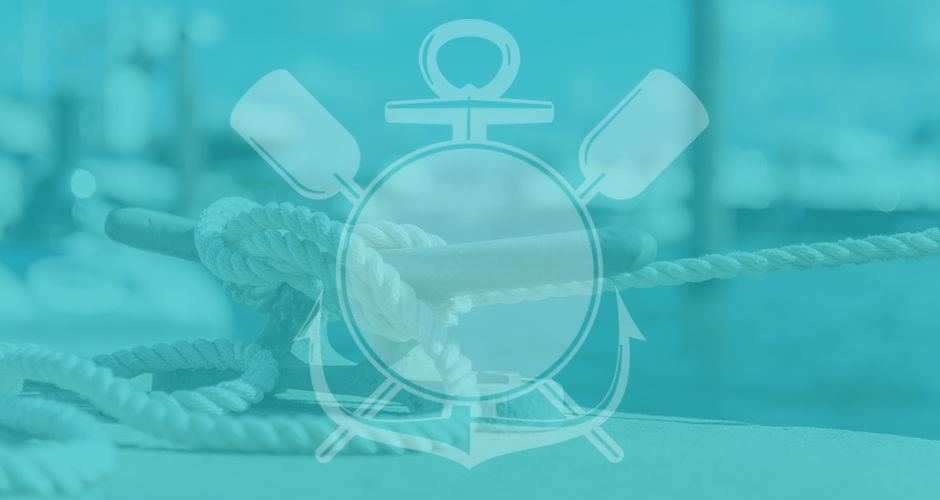
There are many types of knots used by sailors. Each serves a purpose and knowing how to tie a selection is crucial knowledge to possess when sailing. Ropes and knots aboard ship have a unique and ancient history and without them, sailing would never have developed into the pastime we love today.
Five Essential
Sailing Knots
There are many types of knots used by sailors. Each serves a purpose and knowing how to tie a selection is crucial knowledge to possess when sailing. Ropes and knots aboard ship have a unique and ancient history and without them, sailing would never have developed into the pastime we love today.
Sailing would not be possible without ropes and knots, and they are perhaps the most essential component to have within your own chandlery and sailing equipment stock.
It is useful to remember the words of Clifford. W Ashley when learning the basics of how to tie essential nautical knots: “a knot is never “nearly right”; it is either exactly right or it is hopelessly wrong, one or the other; there is nothing in between. This is not the impossibly high standard of the idealist, it is a mere fact for the realist to face.”
So which are the essential knots that every sailor needs to know?
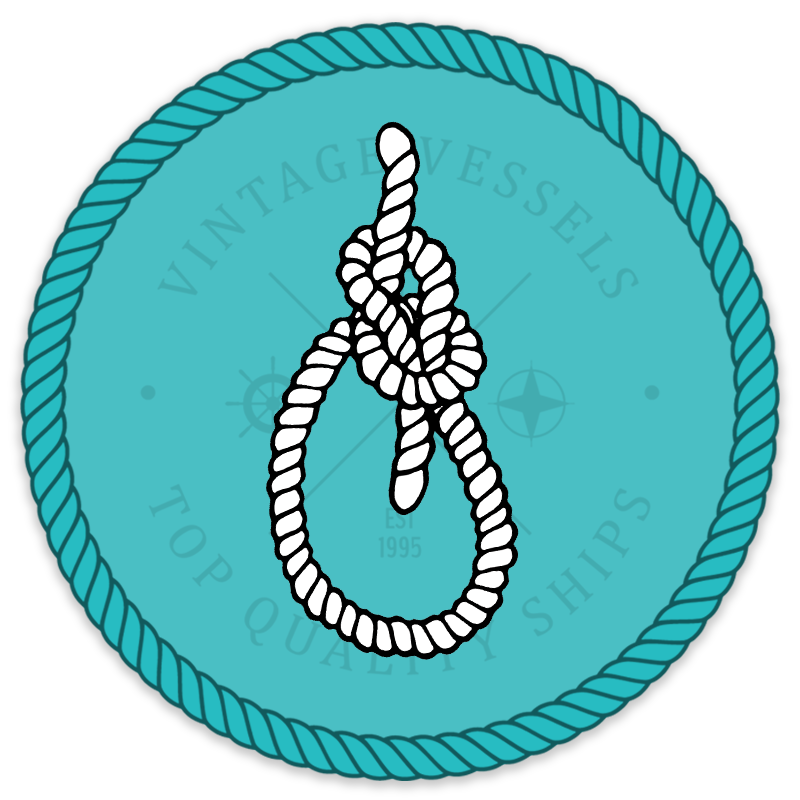
1. Bowline
Referred to as “the king of knots”, the Bowline has multiple purposes aboard ship. A bowline creates a fixed loop on the end of a rope and is used for hitching, mooring and lifting. Because it tightens when stressed, the knot gets tighter when pulled. The bowline is tied by forming a loop, bringing the free end of the rope to pass through the eye, wrapping the rope around the standing line and back down through the loop before tightening.
Skill level required: Beginner

It's quick and easy to apply.

2. Reef Knot or Square Knot
Knowing how to tie a reef knot is essential for joining two ropes together. We use the reef knot when tying our shoelaces.
It is formed by crossing the ends of each rope, passing one end through the loop we have created with the other rope and pulling each end to tighten. The reef knot is frequently used for furling sails.
Skill level required: Beginner

Beginner. It's quick and easy to tie.
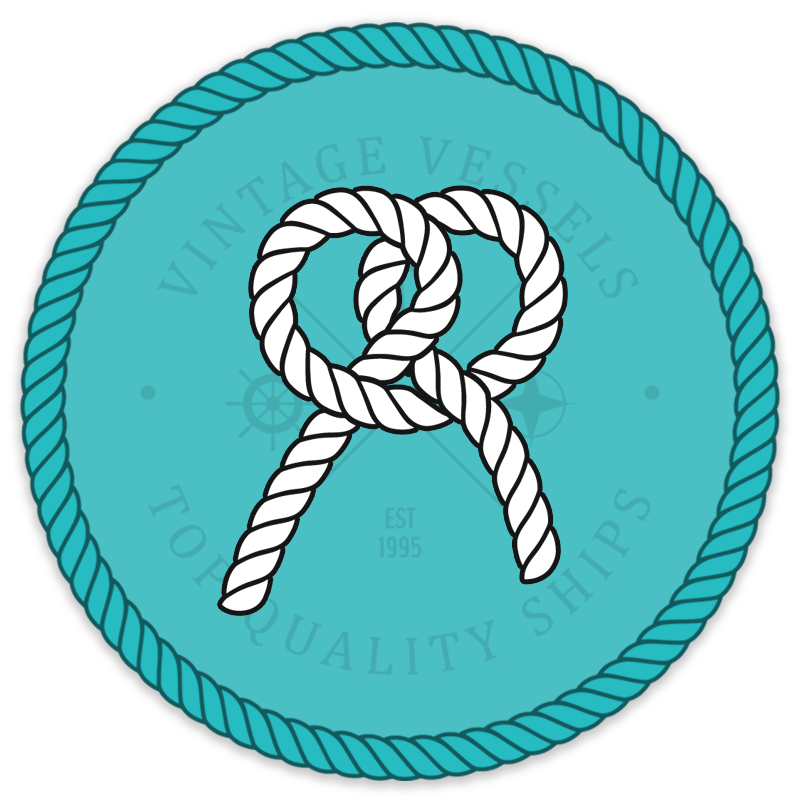
3. Clove Hitch
Another essential knot for any sailor to know how, the clove hitch is often used for tying something up temporarily, often attaching a rope to a pole or stanchion.
The clove hitch is formed by hanging the rope around the support and creating a loop, passing the rope from behind and tightening to form a knot.
Skill level required: Beginner

It creates a quick and reliable hitch.
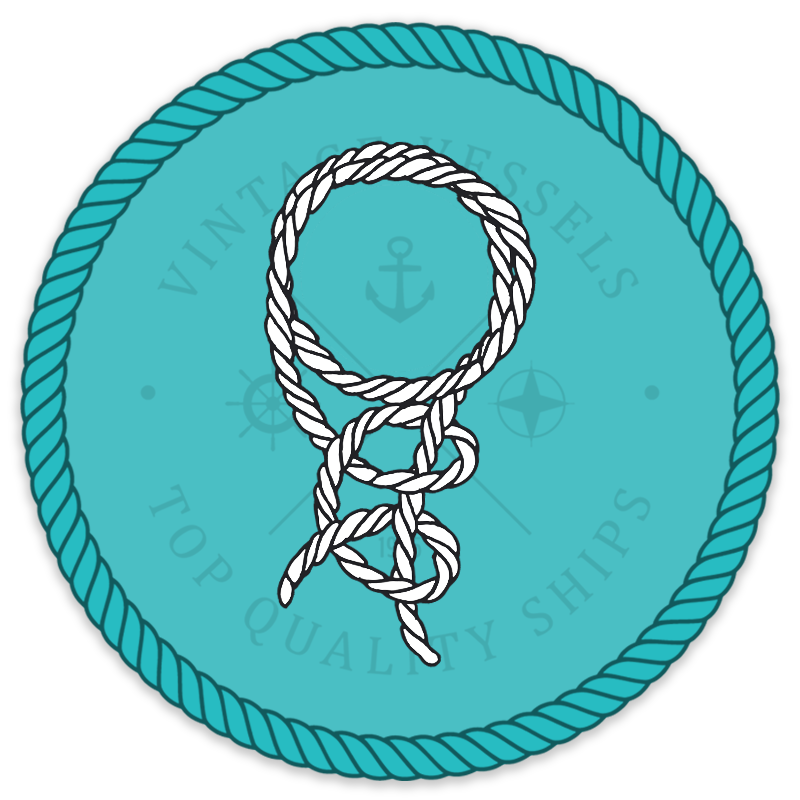
4. Round Turn & Two Half-Hitches
The round turn and two half-hitches is used for holding mooring lines by fastening a rope to a fixed object such as a post, ring or tree.
The round turn and two half-hitches is created by wrapping the end of a rope around the support and taking it around the standing end of the rope. Another turn is made before taking the end of the rope out of the loop.
Skill level required: Intermediate

It takes a little time and effort.
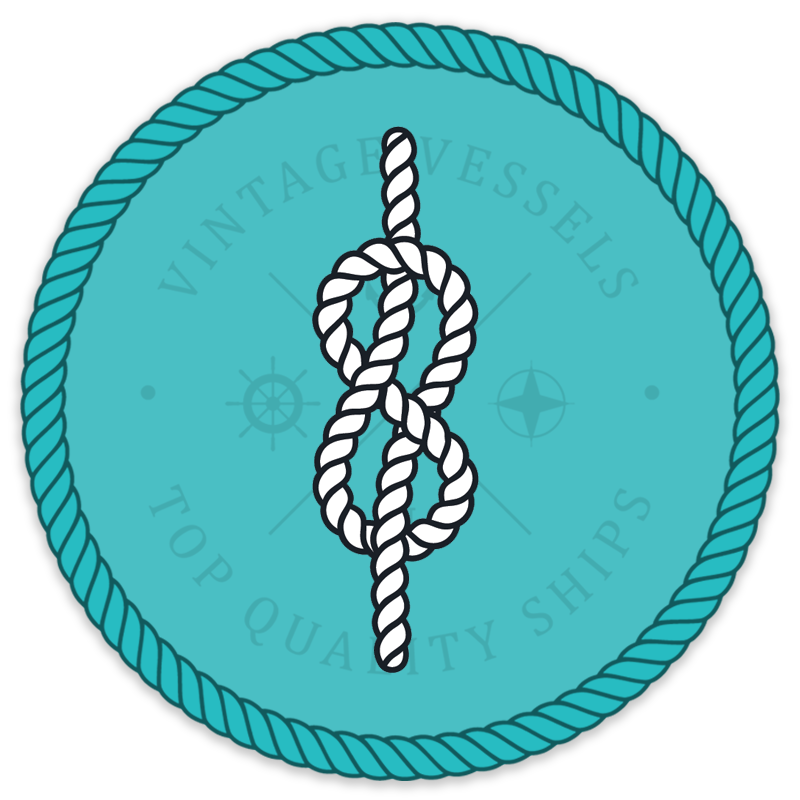
5. Figure-8 knot
The figure-8 knot is a very secure knot which is used to prevent the rope running out. It is an essential “stopper” knot. The figure-8 knot is tied by making a loop with one end of the rope, passing the other end through the loop and pulling both sides to adjust the knot.
Skill level required: Beginner

It will help you keep control of the boat in uncertain situations.
Other essential knots you will need to master include the cleat hitch, the half hitch and the sheet bend knot. A knowledge of each of the above is as essential as any of the other sailing accessories you need to enjoy this most pleasurable of pastimes. Contact us at Coast Water Sports for more information about our chandlery and sailing equipment today.

